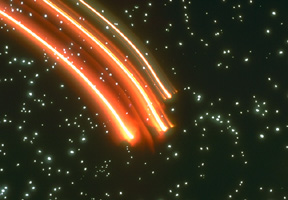An artist's depiction of a shooting star. Look out for meteors of all sizes during the shower this month!
Click on image for full size
Courtesy of Corel Photography
Make a wish on a shooting star! It's time for the Perseid meteor shower!
News story originally written on August 12, 2003
Look out for the Perseid meteor shower! People in the Northern Hemisphere
will be able to see the largest number of meteors from the shower on Tuesday
August 12th and Wednesday August 13th, 2003. Bright light from the nearly-full
moon will make it difficult to see the meteors as they zoom across the
sky. So, make sure you take a look when the moon is low in the sky just
after sunset or just before dawn!
Perseid meteoroids are little pieces of the comet Swift-Tuttle. This comet has a lot of dusty debris that travels along with it. The dust forms a cloud that the Earth speeds through every year at about this time. They may be tiny, but these dust particles can make some very bright streaks of colorful light through the night sky!
Last modified August 12, 2003 by Lisa Gardiner.
You might also be interested in:
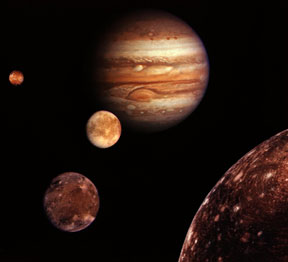
Astronomers have discovered twelve new moons of Jupiter so far in 2003. Jupiter now has a total of 52 moons that we know of. Jupiter, the largest planet in our Solar System, has more moons than any other
...more
On August 27, 2003, Earth and Mars will be closer together than they have been in thousands of years. Mars will pass within 55,758,006 kilometers (34,646,418 miles) from Earth. Astronomers have calculated
...more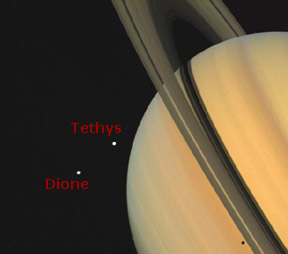
Astronomers have recently discovered nine new moons. The astronomers found eight new moons of Jupiter and one new moon of Saturn. We now know of 60 moons orbiting Jupiter and 31 orbiting Saturn. The new
...more
The planet Mercury appeared to cross in front of the Sun on May 7, 2003. Astronomers call the event a transit. A transit is like a solar eclipse. However, a transit occurs when a planet, instead of Earth's
...more
Two very large groups of sunspots have appeared on the Sun. Each of the groups is about as big as the planet Jupiter, which is the largest planet in our Solar System! Sunspots are places on the Sun where
...more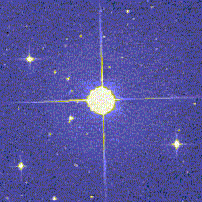
Astronomers have identified another exoplanet, that is, a planet outside our solar system. This makes a total of 102 exoplanets that have so far been found by astronomers! The astronomers that identified
...more
Thanks to a couple of telescopes, everyone on the internet can browse through almost 2 million images. Stars throughout the sky were photographed by the Two-Micron All Sky Survey (2MASS) and are now available
...more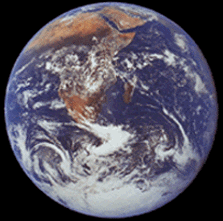
Earth may look perfectly spherical from space, like a giant marble, but it actually isn't! Instead, our planet is wider around the equator because matter is forced out as Earth spins (just as you feel
...more


